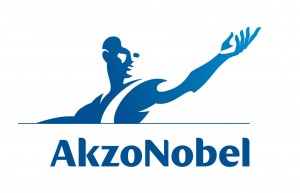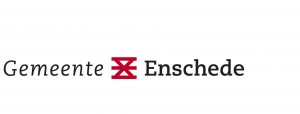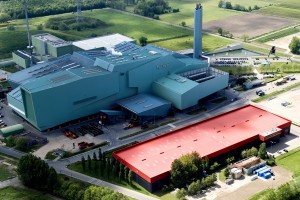| |
|
 |
| |
 |
Summary of Twence, Hengelo View
Twence: A Top Supplier of Sustainable Energy Hengelo, Netherlands
For years, the public debate on how to achieve a more sustainable supply of energy had focused on electricity. Waste processor Twence realised that using residual heat from the production of electricity and even replacing the production of electricity by supplying heat and steam (especially to replace natural gas) would have greater positive effects, both for the environment and for a more efficient use of the energy generated from waste (WtE) and biomass.
First of all, the source of energy not only had to be sustainable but above all also reliable. Ensuring a reliability of supply of over 99% would require at least two different production sources. To that end, and to enable better economies of scale in the production of energy from waste, Twence invested in a new WtE line and a dedicated biomass power plant. The main challenge was to forge partnerships with contracts that would enable investments to last 20 years. We succeeded in doing so with the two main potential customers: AkzoNobel for steam (to evaporate brine in their salt-production plant) and Essent for heat (for district heating), in both cases to replace their gas-fired boilers and CHP plants.
In 2009 and 2010 we invested over €15 million to connect our power plants to Enschede’s municipal district-heating system. This involved technical in-plant modifications to enable the sourcing of steam and heat as well as long-distance transport pipelines connecting our plants to the main system in Enschede. This was done in close cooperation with energy company Essent, which operates that system to provide heat to end-users. In close cooperation, Twence and AkzoNobel invested over €10 million in technical plants and a pipeline for transporting steam to AkzoNobel’s salt production plant in Hengelo.
In 2011 and 2012, using steam from Twence, AkzoNobel already managed to reduce its natural gas consumption by some 90 million Nm3 and to avoid emitting more than 165,000 tonnes of CO2. This led the AkzoNobel board of management to recognise the Hengelo site as one of the company’s most sustainable plants. In two years, starting in 2011, both projects saved a total of over 120 million Nm3 of natural gas, and some 220,000 tonnes of CO2 emissions were avoided. The setup was further expanded in late 2012 with a major increase in the supply of steam to AkzoNobel. Studies are investigating the possibility of extending the system to supply the district-heating networks in Hengelo and other communities in twenty years.
PPT Presentation of Twence, Hengelo, the Netherlands View


